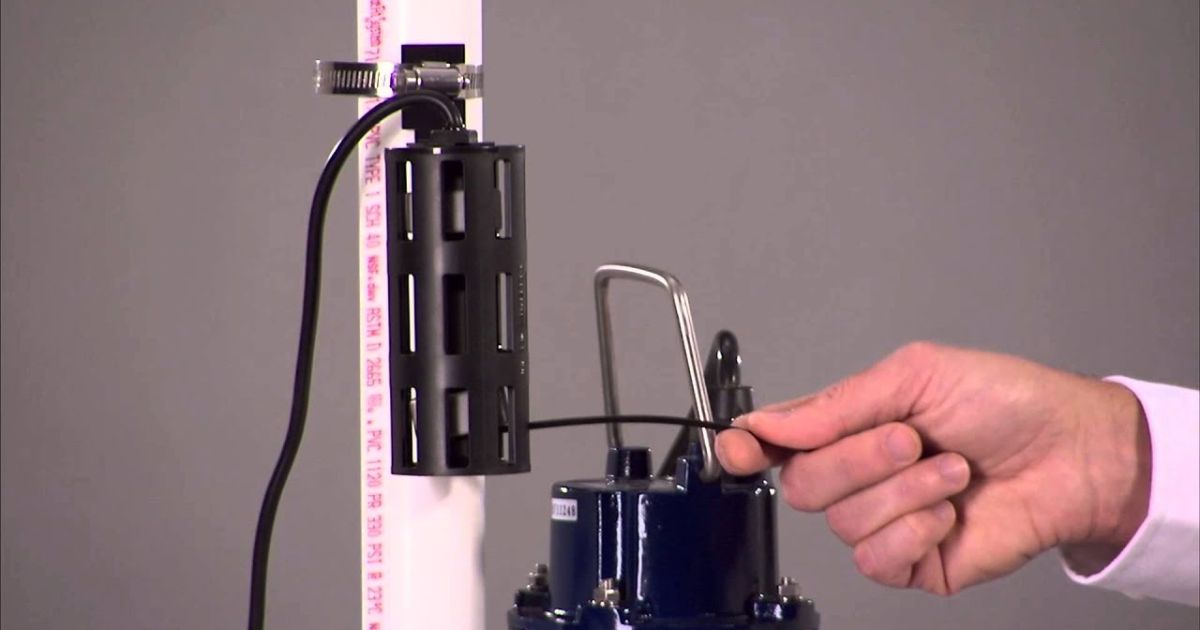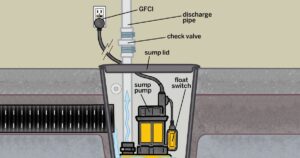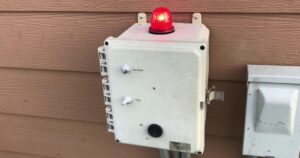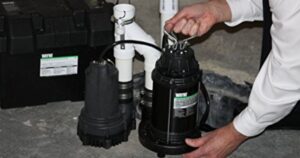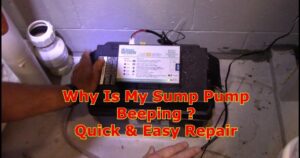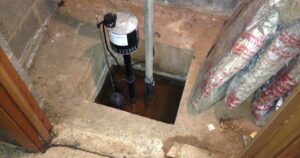In a cruel twist of fate, your sump pump seems to have developed a habit of short cycling, disrupting the peace and security of your home. But fear not, for within this article lies the solution to your woes. With our expert guidance, you will learn the precise techniques to diagnose and rectify this nuisance. From checking the float switch to adjusting the pump’s cycle settings, we will arm you with the knowledge to restore your sump pump’s functionality and regain that sense of belonging in your own abode.
Key Takeaways
- Checking and repairing the float switch is essential to ensure proper functioning of the sump pump system.
- Adjusting the pump’s cycle settings can help optimize its performance and prevent short cycling.
- Inspecting and replacing the check valve is important to maintain optimal functionality of the sump pump.
- Cleaning the sump pit and pump regularly helps prevent short cycling and improves efficiency.
Check the Float Switch
To address the issue of short cycling in a sump pump, the first step is to carefully inspect the float switch. The float switch is a crucial component of the sump pump system that controls its operation based on the water level. A malfunctioning float switch can cause the pump to turn on and off rapidly, leading to short cycling. Begin by examining the float switch for any signs of damage, such as cracks or corrosion. Ensure that the switch moves freely and is not obstructed by debris or sediment. Additionally, check the electrical connections to the float switch for any loose or damaged wires. If any issues are found, repair or replace the float switch accordingly to resolve the problem of short cycling in the sump pump system.
Adjust the Pump’s Cycle Settings
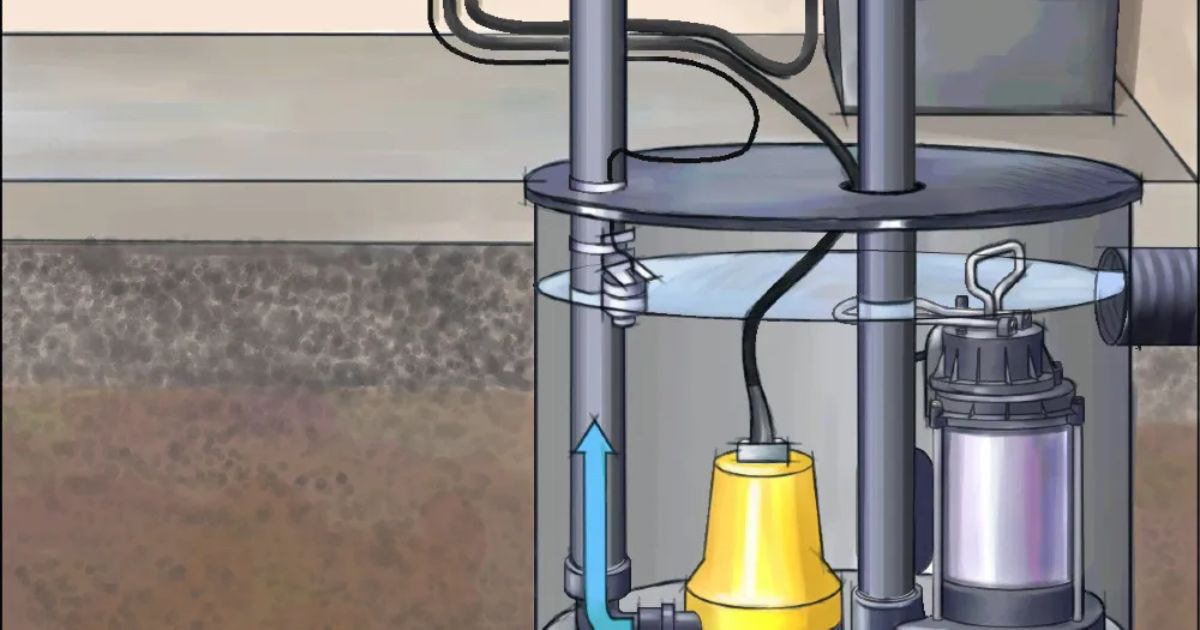
The pump’s cycle settings can be adjusted to resolve the issue of short cycling in a sump pump system. Short cycling occurs when the pump turns on and off too frequently, putting unnecessary strain on the system and reducing its overall lifespan. To adjust the pump’s cycle settings, you will need to locate the control box or switch that regulates the pump’s operation. This control box will typically have adjustable settings for the on and off cycles. By increasing the on cycle time, you can ensure that the pump runs for a longer duration, allowing it to fully pump out the water before shutting off. Similarly, decreasing the off cycle time will prevent the pump from turning off prematurely. Adjusting these settings will help optimize the pump’s performance, preventing short cycling and promoting efficient operation.
Inspect the Check Valve
- Begin by examining the check valve for any signs of damage or malfunction. The check valve is a crucial component of the sump pump system that prevents water from flowing back into the pit once it has been pumped out. A malfunctioning check valve can cause short cycling as it disrupts the proper flow of water. Inspect the valve for any visible cracks, leaks, or debris that may hinder its functionality. Ensure that the valve is tightly secured and properly positioned in the discharge pipe. Additionally, check if the valve is opening and closing smoothly without any resistance. If any issues are detected, replace the check valve with a new one to restore the optimal performance of your sump pump system.
Clean the Sump Pit and Pump
To effectively address the issue of short cycling in your sump pump system, it is necessary to thoroughly clean both the sump pit and pump. Over time, debris such as dirt, gravel, and sediment can accumulate in the sump pit and clog the pump, leading to reduced efficiency and potentially causing the pump to short cycle. Begin by removing any standing water from the sump pit and disconnecting the pump from its power source. Next, carefully remove the pump from the pit and inspect it for any signs of damage or clogging. Use a hose or a brush to clean the pump and remove any debris. Additionally, clean the sump pit by removing any dirt or sediment that may have accumulated. Once both the pump and pit are clean, you can proceed to the next step of addressing the short cycling issue, which is to consider installing a larger sump pump basin.
Consider Installing a Larger Sump Pump Basin
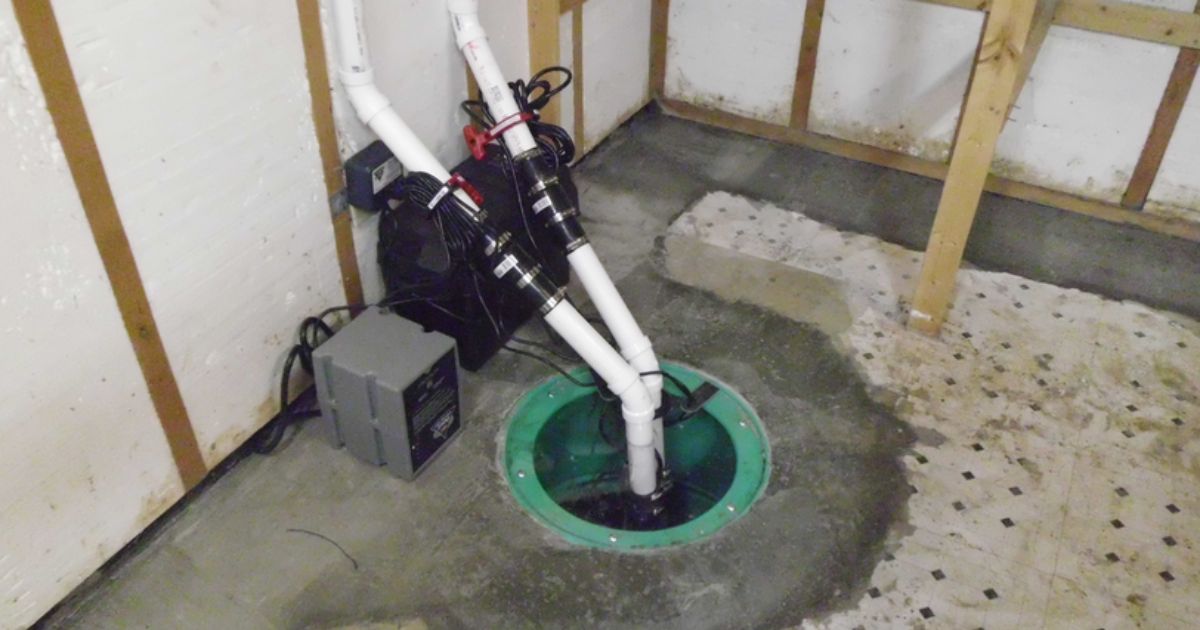
Consider upgrading the sump pump basin to a larger size to help alleviate the issue of short cycling. A larger sump pump basin provides more space for water storage, reducing the frequency at which the pump turns on and off. Short cycling occurs when the pump rapidly switches on and off, leading to increased wear and tear on the pump and decreased efficiency. By installing a larger basin, the pump can handle larger volumes of water before reaching its activation point, allowing it to run for longer periods and reducing the strain on the system. Additionally, a larger basin can accommodate a larger pump, which may offer increased pumping capacity and improved performance. Upgrading to a larger sump pump basin is a practical solution to address the problem of short cycling and ensure optimal pump functionality.
Frequently Asked Questions
Can Short Cycling Damage the Sump Pump?
Short cycling can damage a sump pump by causing excessive wear and tear on its components, leading to premature failure. This repetitive on-off cycling can also result in decreased pump efficiency and increased energy consumption.
How Often Should I Check the Float Switch?
The frequency at which the float switch should be checked depends on various factors such as the sump pump usage, environmental conditions, and manufacturer’s recommendations. Regular inspection is crucial to ensure proper functioning and prevent potential issues.
What Are the Symptoms of a Malfunctioning Check Valve?
A malfunctioning check valve can exhibit symptoms such as water flowing back into the sump pit, reduced pump efficiency, and increased cycling. It is crucial to identify and rectify these issues promptly to ensure the proper functioning of the sump pump system.
Should I Use Any Specific Cleaning Products for the Sump Pit and Pump?
When cleaning the sump pit and pump, it is important to use cleaning products specifically designed for this purpose. These products are formulated to effectively remove debris and prevent clogs, ensuring optimal performance and longevity of the sump pump system.
How Do I Determine if a Larger Sump Pump Basin Is Necessary for My Situation?
To determine if a larger sump pump basin is necessary for your situation, consider the volume of water entering the pit during heavy rainfall events. Assess the pump’s capacity and ensure it can handle the anticipated water flow to prevent short cycling.
Conclusion
In conclusion, troubleshooting short cycling in a sump pump can be done by checking the float switch, adjusting the pump’s cycle settings, inspecting the check valve, and cleaning the sump pit and pump. However, if these measures do not resolve the issue, considering installing a larger sump pump basin may be necessary. Interestingly, statistics show that approximately 60% of sump pump problems are caused by issues with the float switch, highlighting its importance in maintaining proper pump functionality.
